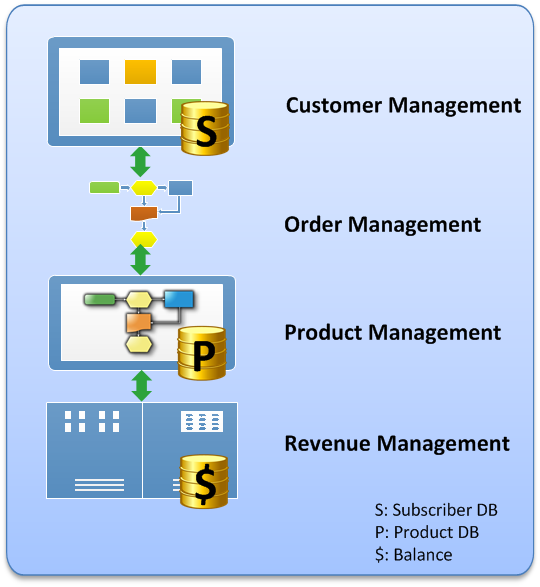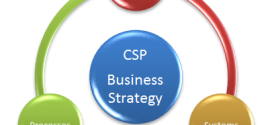Definition of BSS
In the same way that we have tried to define OSS in an easy way in our post What is OSS?, we will also try to keep the same methodology in defining BSS and make it easy for newbies. So here we are going to try to make sense for BSS or Business Support Systems by answering these questions: What is BSS? What is BSS for? Who is using BSS in Operators? How can BSS help Operators ? and Why BSS is so important for Operators?. Also please keep in mind that this topic will be further explained in future posts, so stay tuned and don’t forget to subscribe to have all our fresh and high quality content straight into your mail box (fill the box below or the subscription widget in the page sidebar).BSS stands for Business Support Systems, and here business means nothing but MONEY. So BSS are the set of systems and functions interconnected together to grant the monetization of the the CSP (Communication Service Provider), or simply the Operator, assets and also it allows the operator to collect his money in time and charge for services as per the contract agreement with the end users (prepaid, postpaid, hybrid…). BSS usually tend to be more customer facing systems (opposite for OSS which are usually more of back-end systems used by Operator engineers to grant the Network operations). BSS are used mainly to store customer related information and are involved in transactions required to get these kind of information: Example a charging system contain the prepaid customer profiles, the tariffs, the plans… and therefore Network needs to check the Charging System to know if a particular subscriber has enough money in his account to do a specific action (call, or browse…).
Who is Using BSS ?
BSS are in most of the cases operated by CIO organization and mainly obeying to the rules set by the business people (CMO organizations). An example of this let’s take a Billing System: the CIO team deploy, Operate and maintain the system, but CMO organizations set the rules of the tariff, the rating plans, the offers and so on, and hand-over these requirements to teh CIO team who will implement these requirements on the systems. It will be excellent to have the CMO teams on top of what are the capabilities of their BSS stack to reduce the TTM (Time To Market) by reducing the time discussing and negotiating with CIO team on how to deploy the non-deployable, usually CMO have a dedicated team with enough technical knowledge who will convert the Marketing requirements into high level Technical requirements that will later be handed Over to IT people to deploy.
What are the main functions of BSS ?
BSS is dealing with 4 main big areas which are in order: customer management, product management, order management, revenue management. “Why I said in order”? because this is the business flow (on a high level):
1-A customer go to a point of sales or browse into a customer portal or call the customer care (all these interaction points are considered to be

part of the “customer management” function).
2- The customer will ask about a product he can buy, it can be a contract, a rate plan or a bundle or any thing he can purchase or subscribe to (can be free as well ). The list of products is usually managed by a a function called “product management“, so the user himself choose a specific product and read the specs and the prices and agree to purchase it.
3- The Point of Sales or let say the customer interaction point (it can be a web site), will now convert that purchase to Order and will process the customer order by decomposing it into different sub-order for the different subsequent System that will take care of the subscriber order (example: declare the subscriber on the Network and activate his SIM, declare the contract on the billing system and activate it, assign a life cycle to the subscriber in the subscription management systems.. an so on…). there is no unique Order flow and it is highly depending on the Operator Network and business rules/processes. This function is called “Order Management“.
4- The customer now left the interaction point and he starts to use the service he just acquired, that’s where the fun starts. As operator you need to make sure that you are charging that subscriber for his service as per the contract agreement the user accepted. This is the revenue management function and it is much more complicated then what I described above, here we are talking about MONEY, so we need to be precise, sharp, accurate, no leak, no over-charge…Otherwise you will have bad days and believe me you will.
Some external resources about BSS
A nice article in Wikipedia about what is BSS: Here
An again the excellent Video from Ericsson about What is OSS and BSS, below:
 Telecom OSS BSS Telecom OSS BSS
Telecom OSS BSS Telecom OSS BSS







